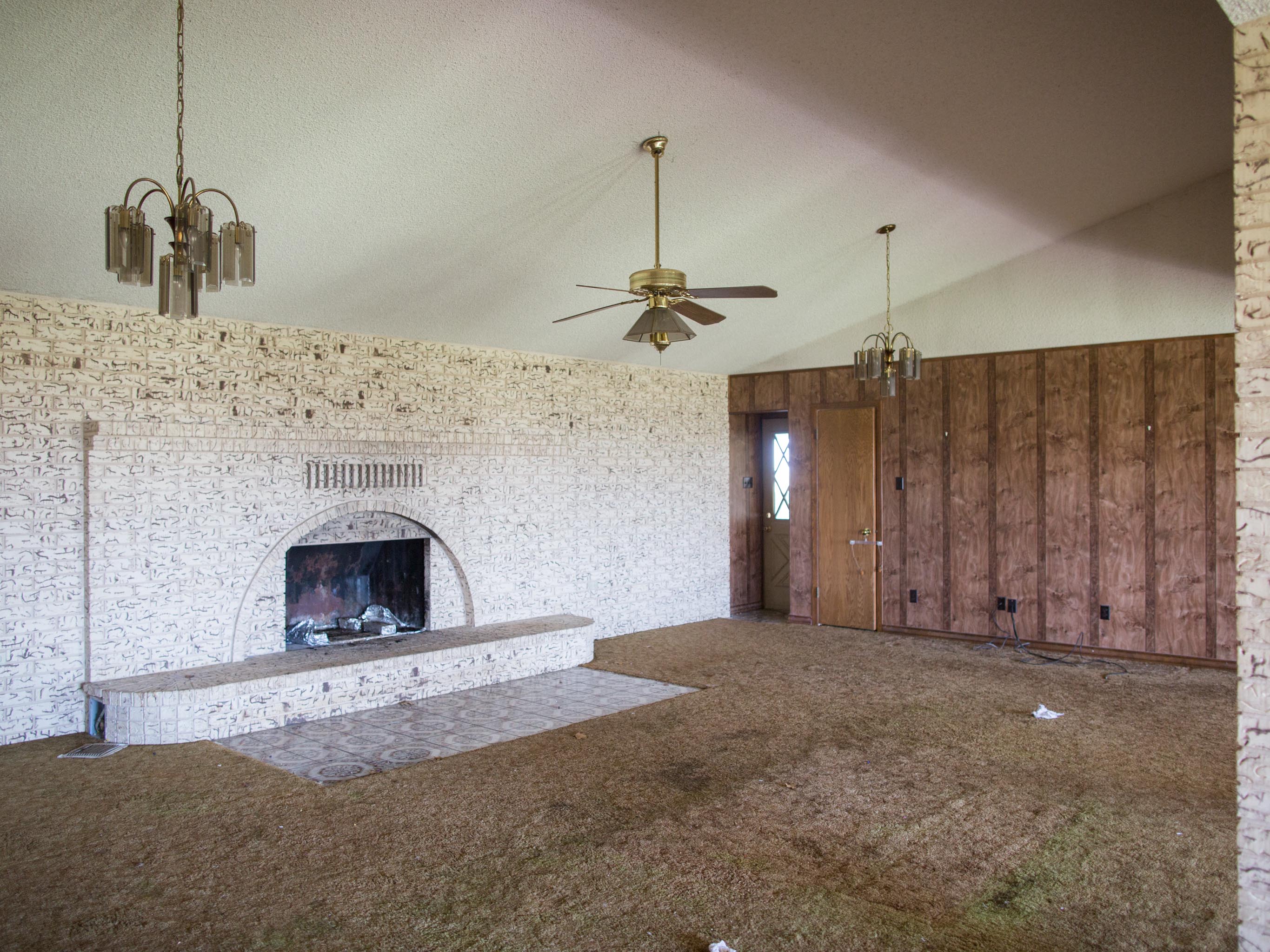

The NoVaStar appraiser concluded that the highest and best use for the house was moving it to another lot to use as a residence and therefore appraised the value of the house "without disassembly." The appraiser determined the fair market value (FMV) of the home and land together ($1,875,000) and then the FMV of the land only ($1,200,000). Per the agreement, Linda conveyed to Second Chance "all of right, title and interest in the improvements, building and fixtures located ," as described in an appraisal "prepared by NoVaStar Appraisal, Inc."īefore the deconstruction began, the Manns engaged NoVaStar to provide an appraisal to establish the value of the house donation for tax purposes. Linda Mann (who was the sole owner of the home) signed a two- page "Agreement for Charitable Contribution" with Second Chance, dated Dec. The Manns decided to have Second Chance deconstruct the house before it was demolished by the Manns' builder. However, Second Chance explicitly states when taking on a deconstruction project that it does not provide demolition services, and the organization advises house donors that they must hire a demolition contractor at their own expense to complete the demolition of the donated house after the deconstruction work is done and clear the site. In Second Chance's deconstruction work, some components of a house, such as drywall, tile, and roofing materials, that are not being salvaged are necessarily destroyed as part of the deconstruction process or as part of the training of Second Chance employees working on the project. A property owner that transfers a property to Second Chance for deconstruction benefits by being able to take a charitable contribution deduction for the value of the building components and other items removed from the property that are donated to Second Chance for resale if the various requirements for a charitable contribution deduction are met.

Second Chance keeps the salvageable building components and other items it takes from a property it deconstructs and resells them to raise money to carry out its training programs. Second Chance undertakes the deconstruction work to provide job training to disadvantaged members of the community and also to prevent salvageable material from ending up in landfills. Accordingly, the couple hired a home builder to demolish the house, clear the site, and build a new house on the site.īefore this work began, other builders the Manns knew suggested they work with Second Chance, a charitable organization that offers what are known as "deconstruction" services, in which an unwanted building is dismantled in order to remove building components and other items that can be reused. They initially planned to renovate the house, but after learning about water issues in its basement and the high cost of the changes they wanted to make to it, they decided to tear down the house and build a new one on the lot. Linda and Lawrence Mann purchased a house in Bethesda, Md., in 2011.

#Second chance house full
The Fourth Circuit upheld the IRS's disallowance of a deduction for the full value of all the building components of a house that was donated to a charitable organization for deconstruction in the organization's job training program.


 0 kommentar(er)
0 kommentar(er)
